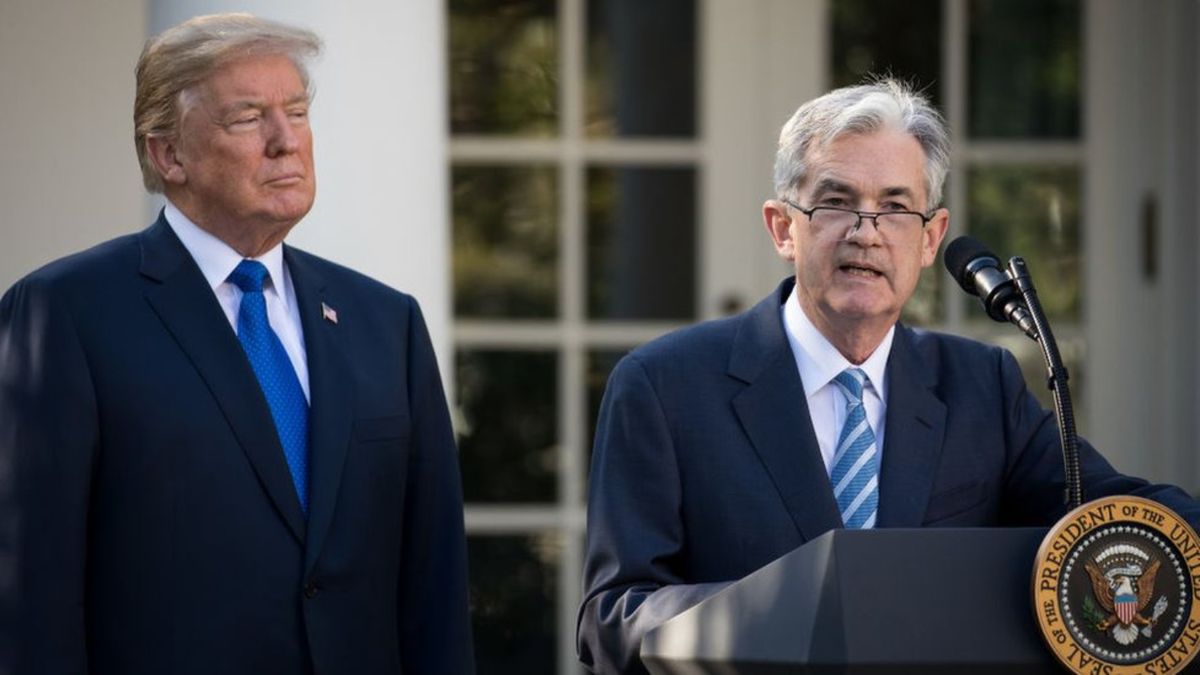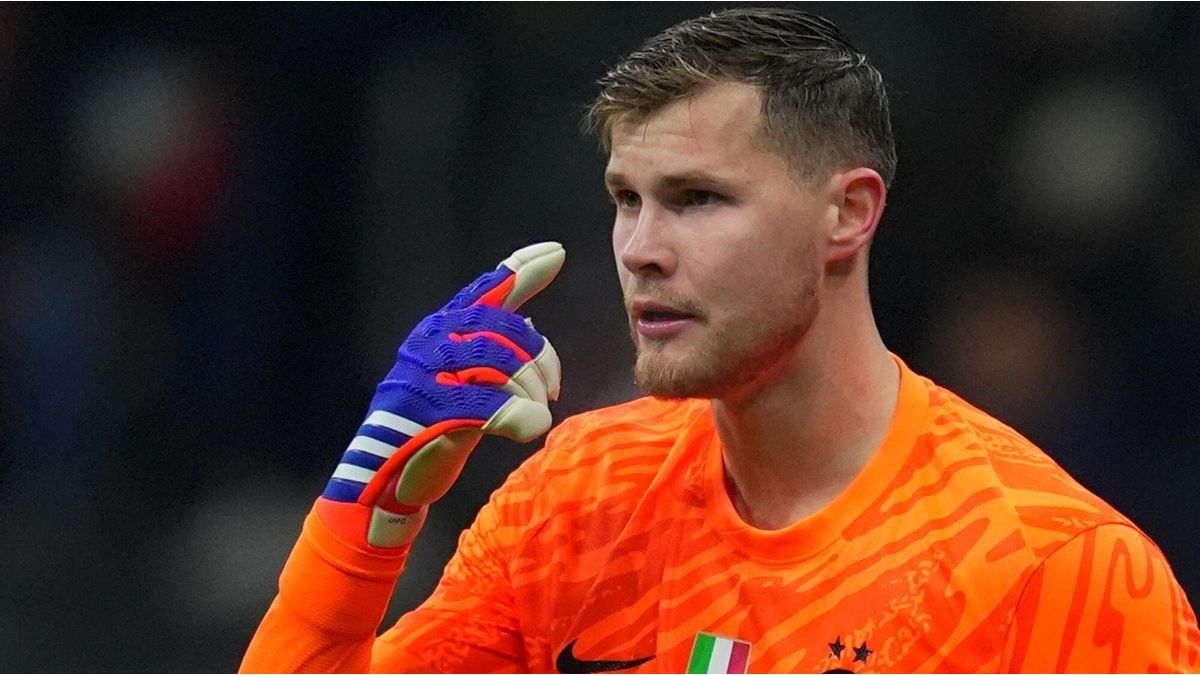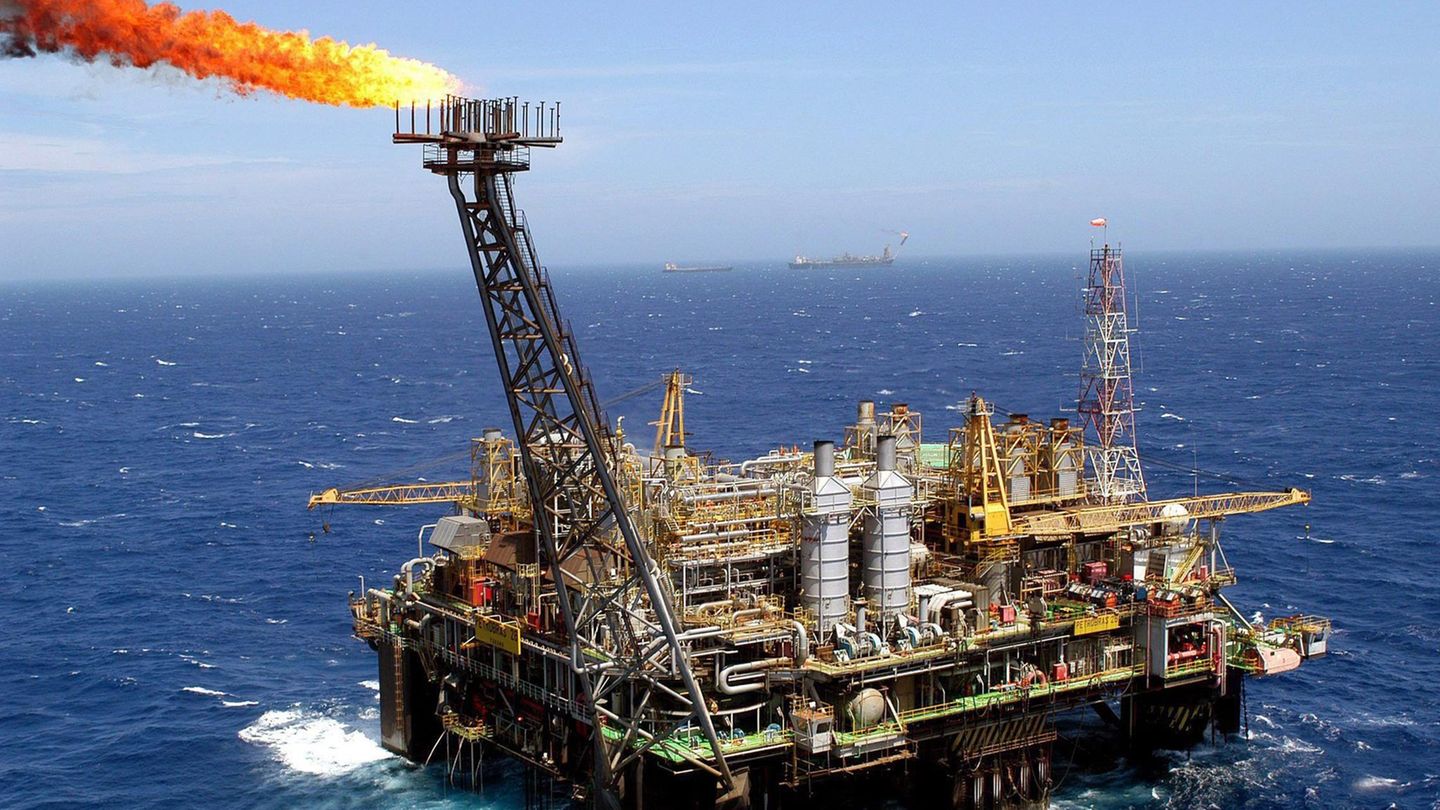In a context of growing social tension, marked by the prison of Cristina Kirchner, massive mobilizations and a week of union protests against economic adjustment, the President Javier Milei He will seek to reposition his management and recover the political centrality by going to his minister Federico Sturzenegger.
With the directive to minimize confrontations with the former president, the Government accelerates an agenda of structural reforms, with the May Council reactivation as a strategic axis. This agency, created after the Pact of May of July 2024, will debut tomorrow at Casa Rosadawith labor reform as priority.
The central data is that Federico SturzeneggerMinister of Deregulation and Transformation of the State, will emerge as a key figure, although its exact role will be redefined with the expiration of the Executive Delegated Faculties on July 8. His aggressive adjustment policy (and his internal with Minister Luis Caputo), which includes the elimination of decentralized organisms such as the merchant navy and a new wave of decrees to restructure areas such as INTA, generates internal and external tensionscomplicating Milei’s aspirations to integrate NATO and negotiate with key actors in the Council.
As stated, Milei’s decision to activate the May Council seeks to counteract the political impact of the “Christian wave” and the union mobilizations, which this week They will bring together more than 70 unions in a march to the Ministry of Deregulation for the elimination of 48,000 public jobs, which for the government is the equivalent of an annual savings of US $ 1,885 million. During the last cabinet meeting, the president delineated priorities: to meet the IMF goals (1.3% fiscal surplus), reject salary increases for officials and accelerate the points of the May Pact, which include fiscal balance, reduction of public spending to 25% of GDP, tax reform and labor modernization.
The May Council, led by the Chief of Cabinet, Guillermo Francos, will integrate Sturzenegger by the ExecutiveAlfredo Cornejo for the provinces, Carolina Losada and Cristian Ritondo for Congress, Gerardo Martínez (Uocra) for the unions and Martín Rappallini (UIA) for the business sector. Tuesday’s meeting will define the guidelines to transform the commitments of the pact into legislative projects, although the Government recognizes that labor, tax and pension reforms will not prosper before the October elections.
Sturzenegger’s role: negotiator under pressure
Federico Sturzenegger, ideologue of the deregulation and architect of DNU 70/2023 and the Base Law, Face a limit moment. With the expiration of the powers delegated in July, its unilateral capacity for action will be reduced, forcing it to consolidate its influence on the May Council. His role as Bridge between the executive and political, union and business actors will be crucialbut it will arrive at a very controversial moment for the rejection of its policies.
Sturzenegger promotes a labor reform that makes the market more flexible, reduces the rigidity of national peers and promotes a labor cessation fund as an alternative to compensation. In May, before the Inter -American Council of Commerce and Production (CICYP), he summoned entrepreneurs to be “chainsaw partners” and anticipated a “very interesting debate” post -election. However, This proposal faces union resistanceespecially after public employment cuts, which have fueled trade protests. His recent reactivation of the “chainsaw” with 13 decrees to eliminate or fuse decentralized organisms, such as INTA, INTI, SENASA and ANMAT, seeks to take advantage of the delegated powers before expiration, but has generated tensions with productive sectors and officials such as Caputo, who fear excessive adjustment.
Both, The May Council faces significant pitfalls. The governors, after their meeting in the Federal Investment Council (CFI), will require greater co -participation, review of the fuel tax and funds for public works, demands that collide with the fiscal austerity of the government. The absence of five governors (Kicillof, Insfrán, Quintela, Zilotto and Melella) in the May Pact evidences political fractures that will complicate the consensus. In addition, union mobilizations, which include transport and state unions, add pressure to a government that seeks to shield their reformist agenda.
The timing of the call, months of the elections, responds to the need to install issues that reinforce the economic transformation narrative of Milei. However, labor reform, in a context of mass protests and police repression of retirees and protesters, could exacerbate social conflict.
The labor agenda in the center of the storm
The labor reform that Sturzenegger seeks to boost on the May Council is presented as a pillar of Milei’s strategy to revitalize the economy, but also as a mined field. The proposal includes measures such as Simplification of hiring, reduction of fines for unregistered work and the promotion of labor agreements at the company level instead of national collective agreements. These ideas, which seek to align Argentina with greater flexibility models such as developed countries, collide with the resistance of unions that see in them a threat to acquired rights. The recent march of guilds to the Ministry of Deregulation, headed by leaders such as Hugo Yasky (CTA) and Pablo Moyano (CGT), reflects the growing discomfort for the cuts and the liberalizing agenda of the government.
Sturzenegger, aware of the difficulty, has emphasized the need for a multisectoral dialogue to legitimize these reforms. However, its unilateral decisions history, such as the decrees that dismantled key organisms, could hinder its role as a negotiator. In this sense, the May Council will be a fire test for its ability to build consensus in a scenario where unions, backed by an opposition strengthened after mobilizations, demand responses to the loss of purchasing power and increased unemployment.
The impact of reforms on the political board
Sturzenegger’s impulse by deregulating and restructuring decentralized organisms not only generates internal tensions, but also has long -range geopolitical and economic implications. The elimination of the merchant marine, for example, has not only irritated the Navy, but also He has raised alerts in industrial sectors that depend on maritime transport, such as grain exporters. Likewise, the restructuring of organisms such as INTA, which plays a key role in agricultural development, could affect the competitiveness of a strategic sector for the entry of currencies. These decisions, although aligned with the philosophy of “shrinking the state” of Milei, risk alienating potential allies in the May Council, as governors and businessmen, who see in the adjust a threat to their regional and productive interests.
On the political level, the Government is committed to the May Council to project an image of proactive management and institutional dialogue, in contrast to the polarization unleashed by the Kirchner case. However, the proximity of legislative elections and growing social discontent limit the margin of maneuver. Sturzenegger, in his new role as a negotiator, must balance his reformist impulse with the need to avoid a collapse of dialogue with provinces and unions, at a time when the street becomes a key actor on the Argentine political board.
In any case, the ideological closeness of Sturzenegger with Javier Milei, with whom he shares a visceral rejection of state interventionism, makes him a key ally of the president, who qualifies him as “one of the best economists on the planet” and gives him a ministry designed to execute his vision of a state reduced to its minimum expression.
Source: Ambito




